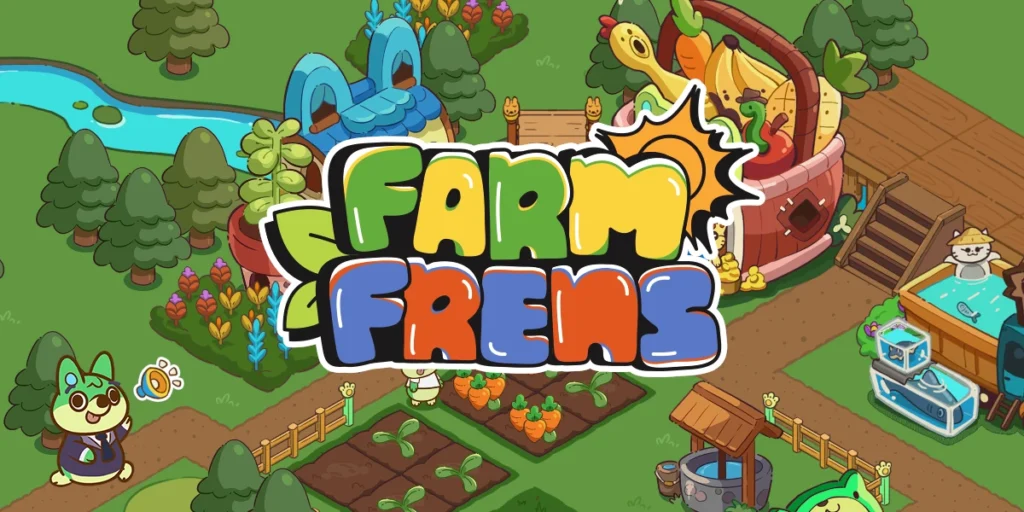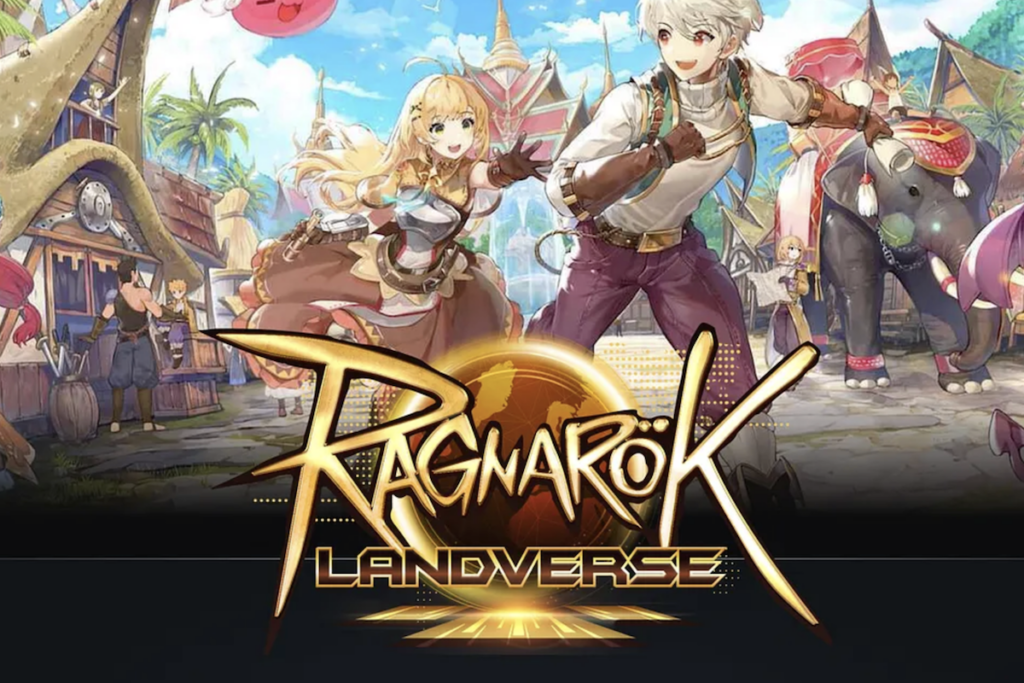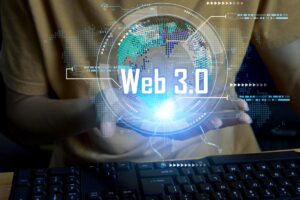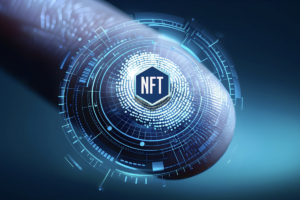In our latest NFT interview we showcase the creator of a set of Scientific themed NFTs, Digital Elements. The Digital Elements collection is climbing the rankings on OpenSea and is very, very interesting.
The collection and the concept behind it, was created by a Harvard scientist and is based on the elements within the Periodic Table.
Part 1 background
What are The Official Digital Elements collectibles set?
Inspired by the desire to complete a full collection and based on compelling historical examples, The Official NFT Digital Elements recreates the ecosystems that give gold, bitcoin, and common collectibles (like Pokémon cards) value and slams them all into one blockchain application. The time to bring investing, collectibles, and NFTs together is here!
What is your background?
I am a PhD scientist. I was born and raised in California and received my BS from UCSB studying chemistry and mathematics. Next, I achieved my PhD in chemistry at UCLA and currently work at Harvard University as a research scientist.
My research aims to invent new reactions for better access to molecules of interest (those that make the world a better place!) such as pharmaceuticals, agrochemicals, materials, etc.
This NFT project is a combination of my passion for science, blockchain, and investing.
How does this inform your choice to mint the Periodic Table?
My experience as a chemist absolutely influenced my blockchain concept. As a result, we have minted the periodic table as the User Interface of this revolutionary collectible set.
However, so much has gone into this collection and we will get into more detail in upcoming questions. This collection keeps both collectors and investors in mind.
We have combined aspects that give gold, cryptocurrencies (Bitcoin), and collectibles (Pokémon cards) value into one single application.
To any reader, investor, or collector: do not let the chemistry/elements deter you; it is simply the User Interface. The science and math has been taken care of!
How long have you been minting NFTs?
The NFTs were minted close to two months ago. We have been aggressively climbing the OpenSea leaderboard due to the high interest in our concept and collectible set. We are now a top 65 trading card collectible set. Go NFT elements!
When did you first become aware of the NFT scene and what made you decide to start minting NFTs?
I first became aware of NFTs when learning about blockchain in general a few years ago. I am an avid investor and have learned about many things related to blockchain including cryptocurrencies, NFTs, and smart contracts. Did you know that DocuSign, a very successful company that has revolutionized the way we conduct business (eSignatures), uses smart contracts? Amazing!
What are you besides an NFT minter?
I am a chemist working at Harvard University.
How do you make your living?
I make my living by working in a research laboratory inventing new ways to make molecules of interest.
From your own experience can you see more people coming into the digital art space?
Yes, absolutely. Blockchain is aiming to solve many issues like things within land governance, financial technology, and more. The thing about blockchain in art (NFTs) is that there are no “real” incumbents in the art space.
If you think about blockchain in the aforementioned spaces, incumbents will fight tooth and nail to keep their space. NFTs, on the other hand, solve problems with ownership and rights to art pieces.
This is largely uncharted territory and a much-needed service. Go blockchain/NFTs! I would also like to thank you for your contribution to the NFT space. This is what spreads awareness and helps with mainstream adoption. Go NFT News Today!
What do you predict for the future of NFTs?
I think many projects, those that seem to duplicate others, will fade over time and many projects, those that are original in their concept or art, will survive. This makes sense, right?
Those that are passionate about their own art will continue to push with passion even when facing “tough times”. Hence, I think true artists will thrive in the long-term.
I think NFTs are the future and “next generation” art. That said, I do think that although it will be easier to find art patrons than before, it will remain a challenge overall.
Hang in there artists, your patrons are out there! Your art is wonderful, and you are very talented!
We collect art and are working on something to broadly support NFT artists, but that is in very early stages and a subject for a different article.

Part 2 focus on Digital Elements collection
When we browse NFT marketplaces, most of them are related to either art or games. However, you have chosen a less, should I say, travelled path, and went at it from a Science perspective. Why is this?
I chose the scientific perspective, specifically the periodic table, because nature has already designed the perfect User Interface for our NFT concept named the Scarcity Model.
Some elements are rarer, therefore more valuable, than others and this is reflected in my collectible set.
Is each NFT unique, just like the elements themselves? Or do they come in sets?
This is a great question that begins to dig into the concept. We created this Digital Elements collection with investors and collectors in mind. We have used both NFTs and FTs (fungible tokens) to create this set.
What this means is that the Oxygen token is distinct (not interchangeable) from the Carbon token, which is distinct (not interchangeable) from the Radium token, etc.
There are 84 distinct tokens (NFTs). Each of the 84 tokens has a varying number of identical tokens (FTs), which are interchangeable with one another.
Like in our world: we breathe oxygen at no cost to us – you can breathe any oxygen (FT) and it is readily available.
Gold, however, is not interchangeable for oxygen (NFT) but is with other gold (FT). You can trade one gold coin for another, and it won’t matter but gold is distinctly different from oxygen.
Gold is less abundant than many other elements, hence it is more valuable. This is true in our world and also in our Digital Elements collectible set (although Radium is the rarest in our collectible set).
Learn more about our rarity ranking using our color-coded rarity heat maps.
The first map is in ascending order.
The second is in the Periodic Table format.
Looking at your Periodic table NFTs, you are using only the naturally occurring elements. Is this a conscious choice? If so, why?
Absolutely! You are asking all of the right questions. We did this because we wanted to bring value to the collection! First, on the collector’s side of things: it is very fun but also challenging (and therefore rewarding) to collect all 84 elements – more on this later.
Second, we use naturally occurring elements because this is based on real-world values. We used functions, algorithms, and other math to generate this collection. We mentioned that each distinct element (NFT) has a varying number of identical tokens (FTs). The FT value is based on the abundance of the respective element in the earth’s crust.
How it works: The system chooses elements at random to populate Lots. Lots are also released at random. This means that rarer elements are harder to come by and that no collector knows what or when elements will be released.
This is why it is challenging for collectors to complete the set; it is a hunt! As elements become harder to mine, the cost of mining increases. This brings value back to collectors.
Overall, we have a finite number of elements (tokens), combine NFT and FT principles, and incorporate slow & random release to bring concepts that give gold, cryptocurrencies, and collectibles value – all in one application!
Would you ever consider minting the manmade elements?
Yes, we have thought about this. We may mint them as Collector Special items. We have minted Collector Special items for things like the board map and abundance map.
These make it easy to follow your collection while explaining a piece of the concept (which elements are rarer than others).
Will you be launching another scientific series once you have completed the Periodic table? Can you give us any clues as to what it may be?
We are currently working on something much larger than an NFT collection. We want to give back to the NFT community. More on this later!
As for other collections, I mentioned that the periodic table is only the User Interface for the concept. I have been thinking about other applications of the Scarcity Model but have not started the art or minting process yet.
If anyone is interested in contributing to this, feel free to reach out!

Marketing the Digital Elements collection
What types of goods and services do you have for sale?
We have minted 84 distinct elements (periodic table) as NFTs based on their abundance in the earth’s crust. First collectors to reach 25, 50, 75, and 84 distinct elements will receive awards.
It is not an easy collection to complete. Since elements are based on abundance, some are much harder to collect than others!
If you think about oxygen and gold in our world, we breathe oxygen at no cost to us. However, to get a hold of gold (much rarer), we pay a premium. We call this the Scarcity Model.
Is there pricing information you can offer here, to give potential buyers an idea of the “order of magnitude” of your pricing?
Elements are released in Lots. Lots and elements within them are randomly released, meaning that no collector knows when or which elements will be mined.
As elements are mined, the cost to mine elements increases. Some collectors are buying doubles of the rarer elements and re-selling the second copy for much more than they purchased, but still lower than the current mining in order to gain from their hunt!
How do you offer your work for sale?
The collection is available on OpenSea. It can be found here on our OpenSea storefront.
What is the best way/place for people to contact you?
You can learn more about the collection at the collection website here: https://talkwithelillc.wixsite.com/nftdigitalelements
You can reach out to me by email with any questions at [email protected]
Where can people find you on social media?
Please learn more and ask questions before diving in!
You can join the growing group of collectors on the social media listed below.
Group Discord: http://discord.gg/9wfvpHCKZQ
or Twitter: https://twitter.com/NFT_Elements
The growing community is very welcoming and happy to answer any questions!
Afterthought
I love doing these interviews with great artists such as Victoria West, Burst_ and 360Wonders. You get to know a little about the person behind the creation and the things that influence their work.
However, this article holds a special place for me. Yep, I love Science and hey! I interviewed a Harvard Scientist (wow).
Author
-

NFT enthusiast who delves into the intricacies of digital ownership with a discerning eye.




